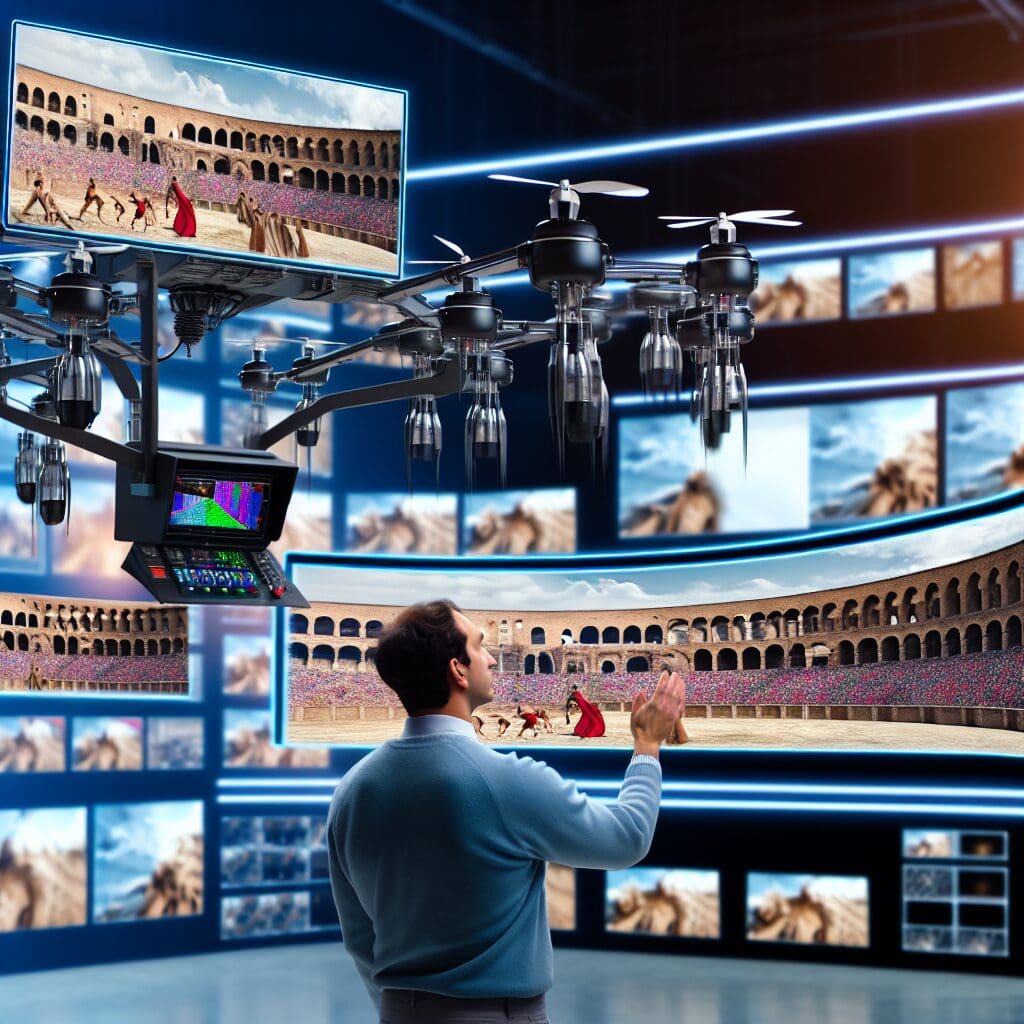Ridley Scott is taking a bold step in the realm of filmmaking with his latest project, “Gladiator II”. Known for his masterful storytelling and cinematic visuals, Scott is now harnessing the capabilities of artificial intelligence (AI) to redefine action sequences in this anticipated sequel. This marks a notable shift, especially considering Scott’s previous skepticism about the implications of AI on society and the arts.
The decision to integrate AI comes from the recognition of the technology’s potential to enhance creativity. By utilizing AI, Scott aims to push the boundaries of traditional filmmaking, delivering more intricate and exhilarating action scenes. This approach not only preserves the essence of storytelling but also enhances the viewer’s experience through innovative techniques.
For instance, Scott has collaborated with a team of AI experts to analyze and optimize action choreography. This includes using AI algorithms to create more dynamic and unpredictable combat sequences, ensuring that audiences are continuously engaged. The results have been promising, as early tests show significantly improved pacing and energy in fight scenes, a crucial aspect of any gladiatorial narrative.
Moreover, the introduction of AI in “Gladiator II” aligns with broader trends in the entertainment industry, where technology is increasingly seen as an ally rather than a threat. Filmmakers are now exploring how AI can assist in various stages of production, from script development to post-production editing.
Scott’s journey into the AI landscape serves as a case study for other creators considering similar paths. As the industry evolves, embracing such innovative tools may become essential for those who aim to remain competitive and relevant in an ever-changing market. “Gladiator II” is positioned not just as a sequel but as a benchmark for the future of filmmaking, demonstrating how technology can enhance artistic vision and storytelling.












